Oris Supports the Hammerhead Shark
Oris goes deep with adventurer Jerome Delafosse in the name of shark conservation
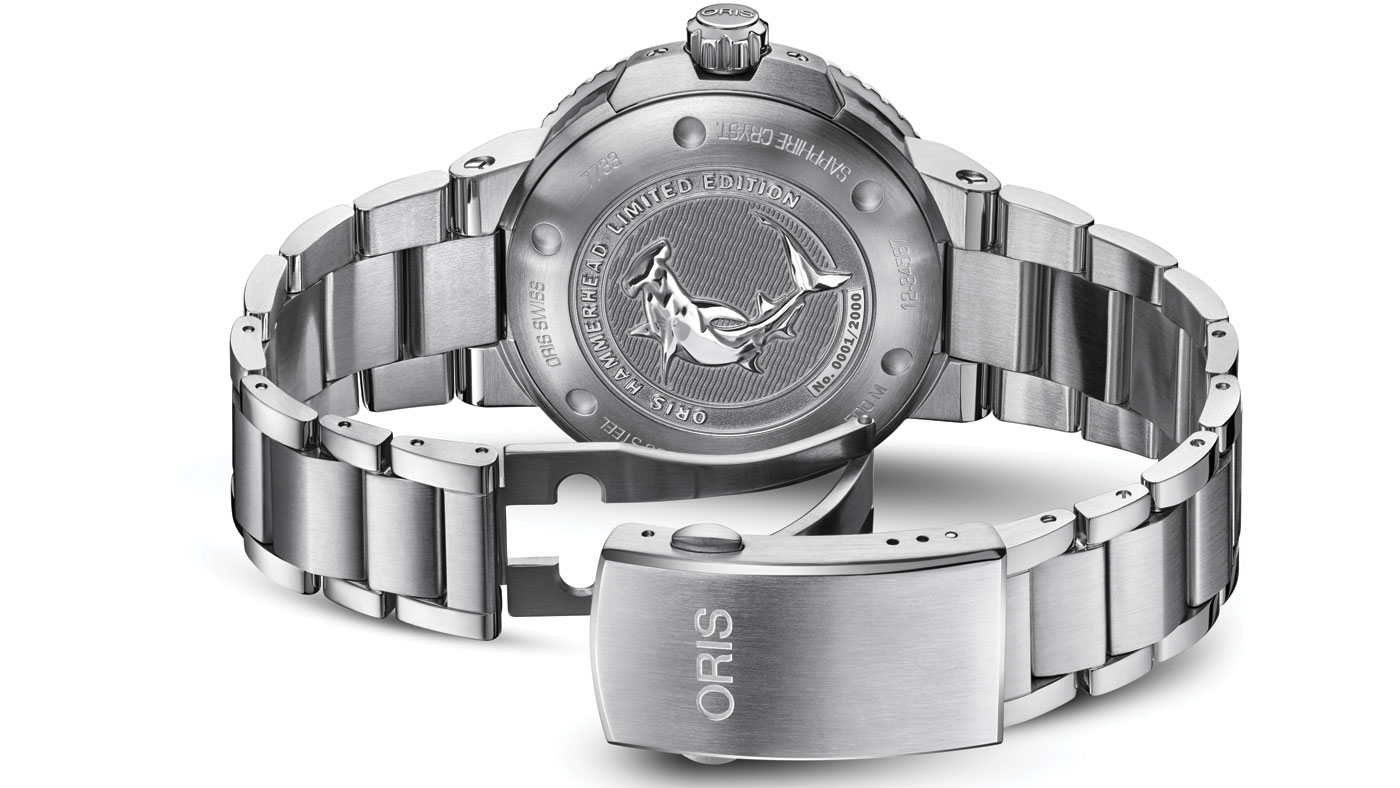
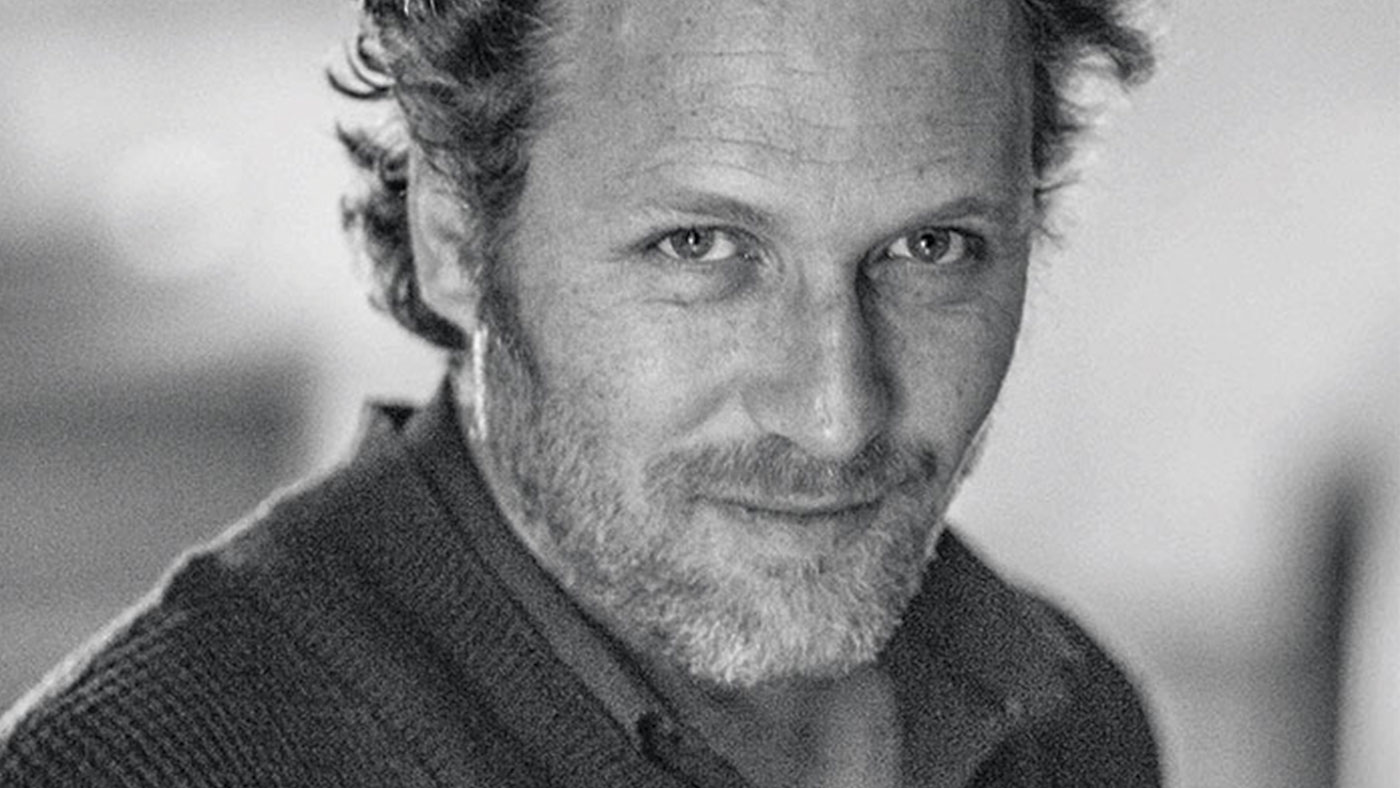
Jerome Delafosse would be a dream guide on a family camping trip. A genial adventurer with a fearless attitude to nature, he'd build the best fifire, catch the biggest fish and delight everyone around the campfire with astonishing stories of submarine dives, deep sea fishing and extreme sailing. Born in Saint-Malo, the filmmaker, conservationist and professional diver is best known in his native France as a presenter on Canal+ television show Les Nouveaux Explorateurs, which has seen him fish for snakes in Cambodia, meet the 'Crocodile Men' of Papua New Guinea, and kayak in the icy waters of Greenland.
In 1996, he was part of the team that photographed Cleopatra's sunken royal palace during archaeologist Franck Goddio’s underwater excavation in Egypt.The pictures were published across the world. "It was the big scoop of my life," says Delafosse, who is about to begin a new, six-year project, circumnavigating the globe in the world’s first self-sufficient boat to demonstrate the possibilities of zero-pollution fuel technologies. "Before, I was working in investigation and showing the bad things we do to the environment... now, I want to show good things," says the 46-year-old who is also an expert on sharks, having spent the last 20 years studying them in the deep.
This brought him to the attention of Rolf Studer, Co-CEO of Oris, who pledged to sponsor Delafosse’s work as an ambassador for the brand. A result of their union is the handsome Oris Aquis Hammerhead watch, a limited edition of 2,000 which has an engraving of the shark on its case. "The scalloped hammerhead is one of my favourite sharks," says Delafosse. "They are one of the most common hammerhead sharks, but in some areas they have been depleted by up to 90 per cent. They are like the anti-shark, you know? You have the image of the ‘bad shark’ [he mock-growls, clenching his teeth] and then you have this shark which is very shy and known to school in large groups."
The Week
Escape your echo chamber. Get the facts behind the news, plus analysis from multiple perspectives.

Sign up for The Week's Free Newsletters
From our morning news briefing to a weekly Good News Newsletter, get the best of The Week delivered directly to your inbox.
From our morning news briefing to a weekly Good News Newsletter, get the best of The Week delivered directly to your inbox.
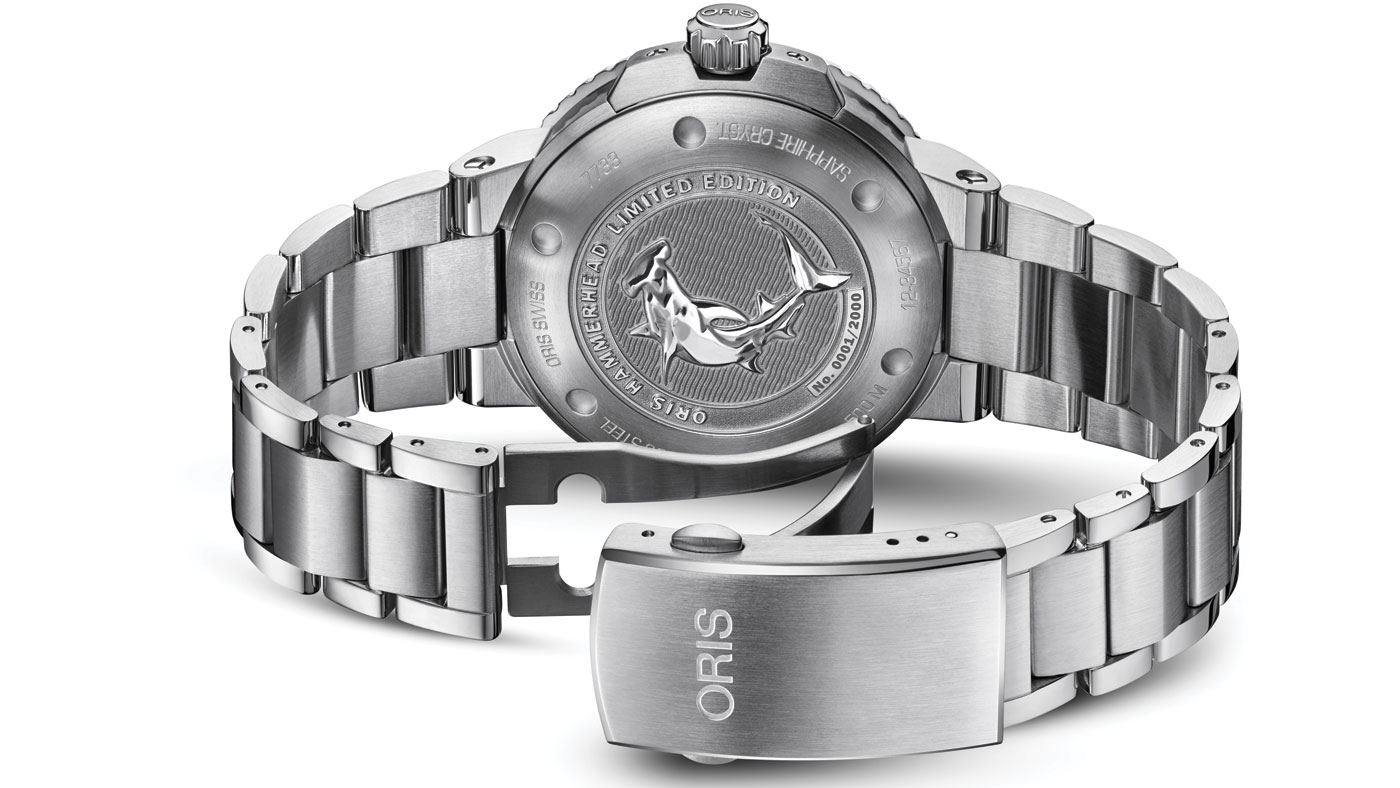
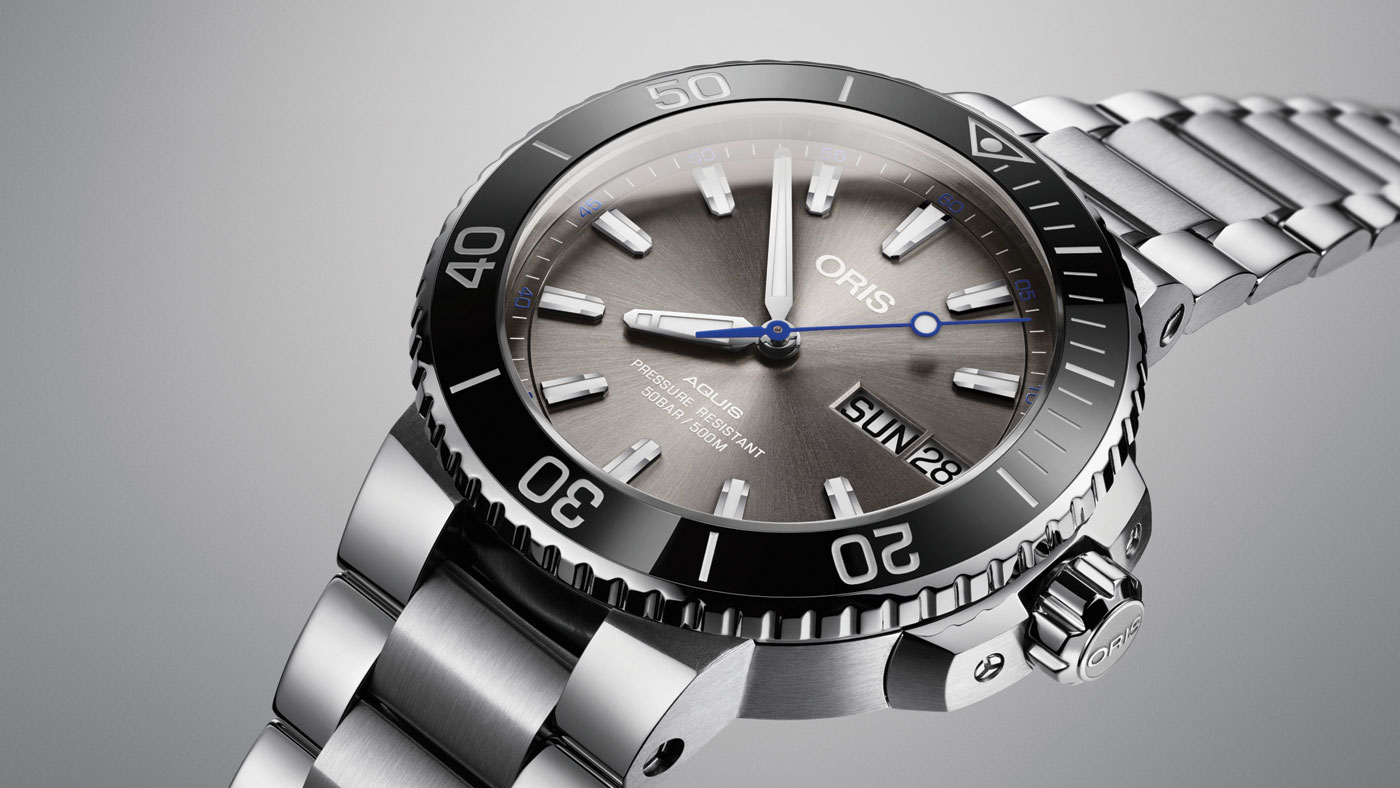
A percentage of the sales of the watch will go to Mexican non-profit marine conservation organisation Pelagios Kakunja and help pay for a MiniPAT satellite transmitter with GPS to gather data. The Oris-funded tracking device is automatically released from the shark after six to nine months, but apparently some 'experts' are not so conscientious: "Sometimes I see sharks with five devices, because all the scientists want to follow the same shark. Like this, you bother the shark. You know what we did? We took them off and we put them in restaurants around town. We had so much fun doing this, you can’t imagine!"
Delafosse wants to quash the idea of the ‘bad shark’. "There are not dangerous sharks, only dangerous situations," he says. "Of the 500 species, there are only maybe five that can harm people. When you see the great white shark in the water, it is like a bus! It is a predator, so you have to be careful and respectful. It is like you are playing with a T-Rex."
Delafosse says he has only had one close shave, but he blames himself: "I am a bit old-school; I take fish like sardines and spread them on my wetsuit. Then the sharks come fast. On one occasion, I was really covered in sardines, and I made the mistake [of turning] my back on a tiger shark. She would have bitten me if I didn’t punch her away. In my experience, big sharks like this don’t want to eat you. It’s because all their sensitive organs are around the mouth. So when they try to touch or bite you, the problem is we’re not shaped for this. You can get killed easily. These guys don’t like the taste of humans!"
A free daily email with the biggest news stories of the day – and the best features from TheWeek.com
-
 A foodie guide to Edinburgh
A foodie guide to EdinburghThe Week Recommends Go all-out with a Michelin-starred meal or grab a casual bite in the Scottish capital
-
 Political cartoons for December 24
Political cartoons for December 24Cartoons Wednesday's political cartoons include Christmas in Greenland, grinchflation, and California floods
-
 Is there a Christmas truce in the Starmer farmer ding-dong?
Is there a Christmas truce in the Starmer farmer ding-dong?Today’s Big Question There’s an ‘early present’ for farmers but tensions between Labour and rural communities remain
-
 Alexandre Arnault interview: The Landmark heralds a ‘new era’ for Tiffany & Co.
Alexandre Arnault interview: The Landmark heralds a ‘new era’ for Tiffany & Co.Under the Radar Arnault takes us on a tour of the luxury brand’s renovated flagship store in New York
-
 The Lowell Hotel, New York review: an address book secret
The Lowell Hotel, New York review: an address book secretThe Week Recommends
-
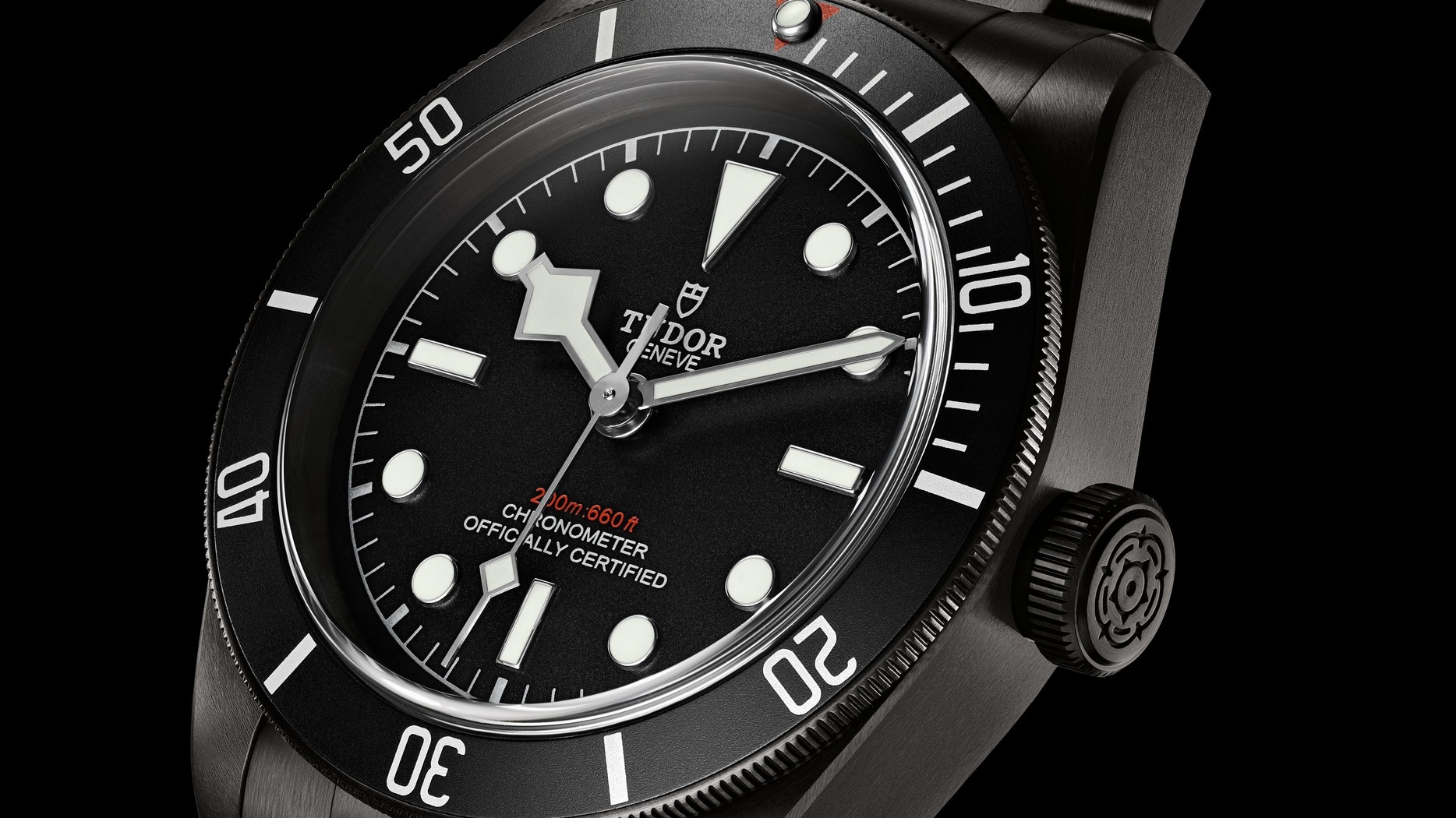 Tudor Heritage Black Bay Dark review: go back to black
Tudor Heritage Black Bay Dark review: go back to blackThe Week Recommends
-
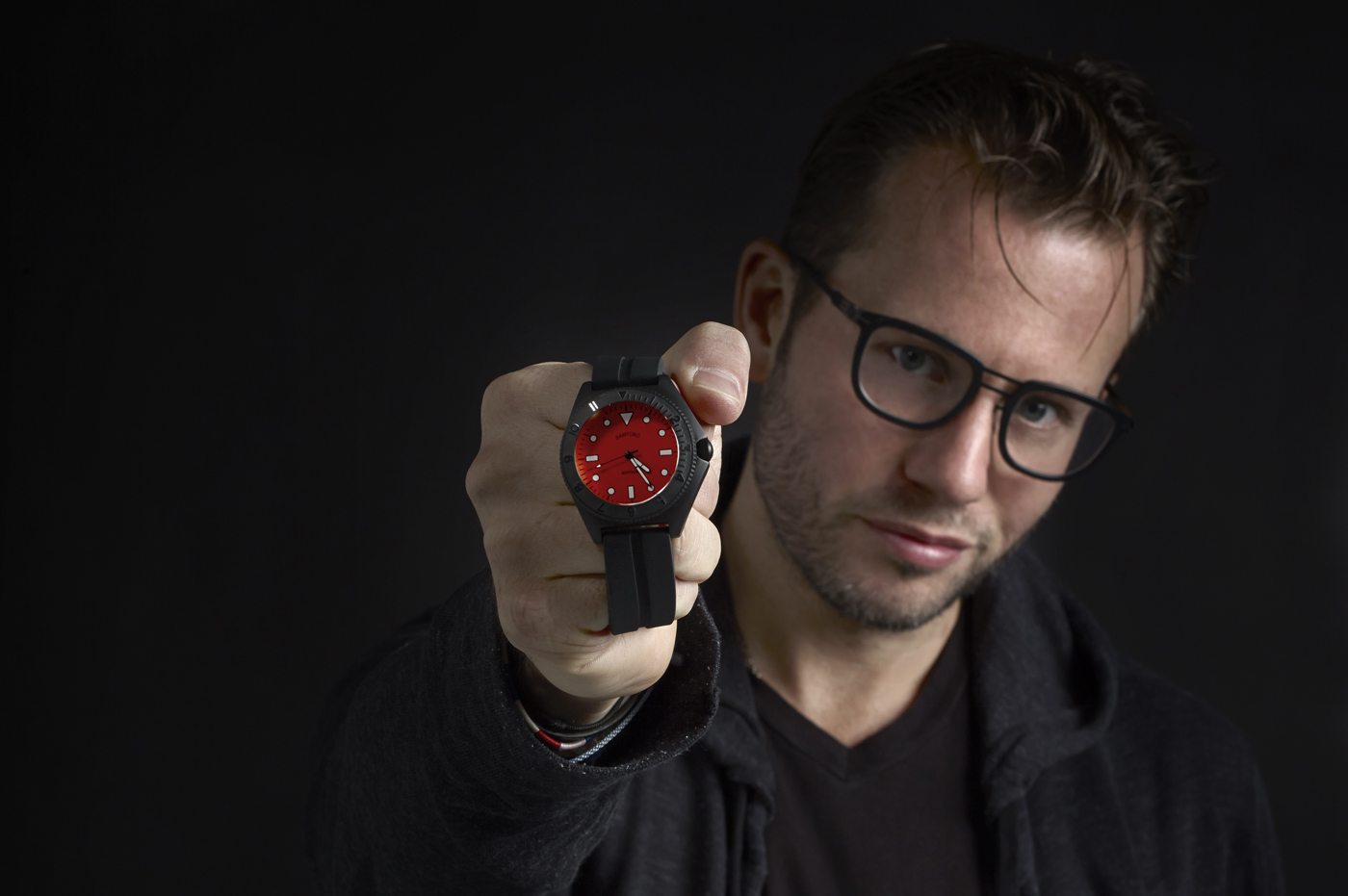 George Bamford interview: the rise and rise of British watchmaking
George Bamford interview: the rise and rise of British watchmakingIn Depth
-
 Grand Hotel Tremezzo review: that happy, sunny place
Grand Hotel Tremezzo review: that happy, sunny placeThe Week Recommends The ‘grande dame’ of Lake Como has had a facelift yet retains her old-world splendour
-
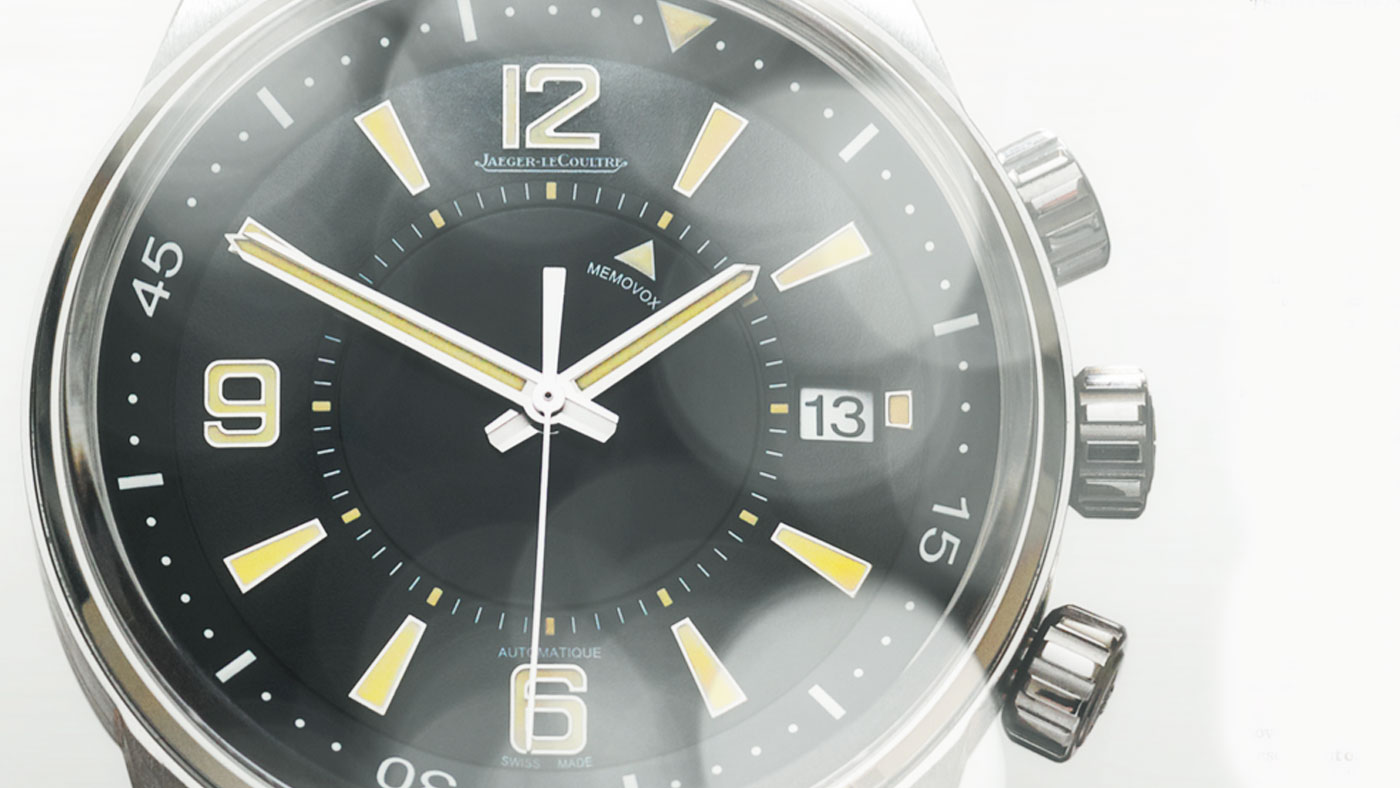 A guide to the best classic re-issue watches
A guide to the best classic re-issue watchesThe Week Recommends
-
 Valentine's Day 2017: the best last-minute holidays
Valentine's Day 2017: the best last-minute holidaysThe Week Recommends Five great places to take your significant other - or your pals
-
 Aurora hunters: on the trail of the Northern Lights
Aurora hunters: on the trail of the Northern LightsThe Week Recommends You may travel north in search of the Northern Lights, but this is no guarantee that you will actually see them